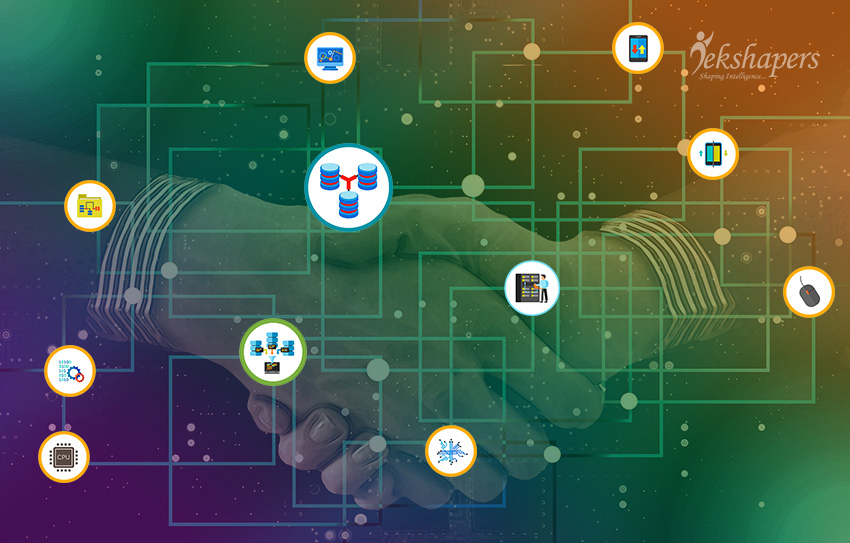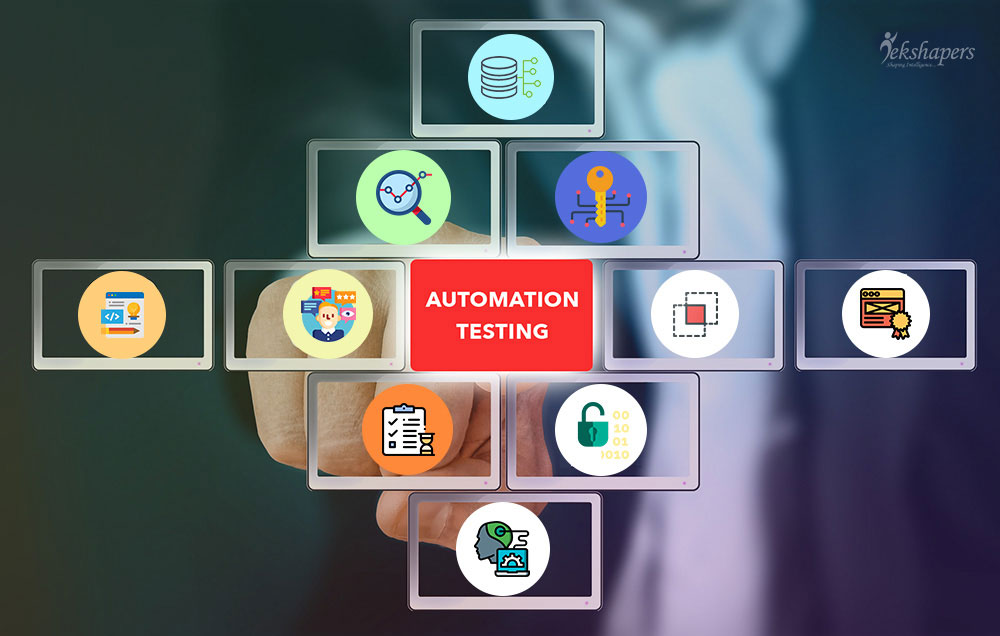Future of Seamless Voice Recognition Technology

As per the new reports, Singapore is on the cusp of the voice recognition technology revolution. Nearly about half of the population has tried voice technology services as Apple Siri, Google Home, Alexa, etc and a quarter of them are using such services monthly. We have moved beyond seeing voice search as the futuristic concept rather than limited and stilted realization, for viewing it as increasingly part of pour interaction with home and handheld devices. This technology has achieved strong adoption in radiology over the past several years as there are many hospitals and groups who have sought to preserve the convenience and high value of narrative dictation to streamline their production process. While some of the IT software organizations have tried to produce such data by importing the greater degrees of trusted reporting, the results are still limited to them.

Future of Voice Recognition
At present, the focus is primarily on the voice-activated home speakers and in the future, they will be implementing much more usage for the people. Customers take pride in placing these voice recognition speakers in their home which is also a gateway to the smart devices that can be categorized under IoT (Internet of things) umbrella. Google home or Amazon Alexa can already be used for controlling a vast array of internet enabled devices with plenty more due to join the list by 2020. According to the recent research, over 50% of the users keep their voice-activated speakers in their living rooms, while a sizable number also reporting that they have one in their bedrooms and one in the kitchen. That sounds funny..!! Google also has reported that about 62% of the users plan to make a purchase with their speakers over the coming month (November, 18), while 58% use it to create a weekly shopping list.
Overview of Voice Recognition
Today, with the advent of new technologies, the way to communicate with people has completely changed. There are many mobile app development companies who have come up with new ideas beyond just pressing buttons; customers can simply speak up some words to solve their queries. Speech recognization or voice recognization is the ability of a machine or program that can identify the words or the phrases in spoken languages and can easily convert them to a machine-readable format. It is the software which has the limited vocabulary of words and phrases and it may only identify these if they are spoken in a clear format. This is a kind of dream technology on which companies are working on for a decade now. It plays a huge role in building expectations and predictions for what speech recognition could look like in our world.

As per the history, the first ever recorded attempt at voice technology dates back to 1,000 A.D. with the development of an instrument which could suppose to answer only “yes “ or “no” to direct question. Through this experiment, the idea behind voice recognization technology is being involved by using natural languages as input to trigger an action. Voice recognition is the technique in computing technology with which specialized software and system are created for identifying, distinguishing and authenticating the voice of an individual speaker. It can evaluate the voice biometric of an individual, such as frequency and the flow of their voice and their natural accent. These systems are powered systems which are primarily designed for recognizing the voice of the person speaking. These techniques require some training in which the underlying system will learn the voice, accent and one of the speakers.
How Does Voice Recognition Technology Works?
The world is surrounded by smartphones, smart cars, and smart appliances, but we do not always consider the role of voice recognization that is played in these appliances all the time. For ex: let's imagine how a child learns a language. From the day the child is born, the various sounds surround the child. Although, the child is very young and does not even understand the voice, but can absorb all the cues and pronunciations and their brains can also form a pattern and connection based on how their parents are communicating. Similarly, the voice recognization works, the user speaks some words on a mobile application, and then the spoken words are processed by the software to convert into the text. The converted text is then provided as the input to the search mechanism and that comes as the output.

Working of Voice Recognisation
Speech recognization works on the algorithms with the help of acoustic and language modeling. The acoustic modeling defines the relationship between the linguistic units of speech and audio signals whereas the language modeling matches the sounds along with word sequences for helping the words to distinguish the difference between the words which are similar. Very often, Hidden Markov model is used to recognize the temporal patterns in speech for improving the accuracy within the system. To make it perfect with this speech recognization system, it takes a lot of time and lots more field data, as there are thousands of languages, accent, and dialects available. In the year 2017, Google’s machine learning algorithms have achieved 95% word accuracy rate for the English language.
Applications of Voice Recognition Technology
According to the reports of Trcatica forecasting, the native speech recognization will increase from 45% of all mobile devices to 82% by the year 2020, which shows that there is nothing that can stop technology reaching virtually to every person. The use of voice activation technology has its place at the helm of organizations that provide assistance to the workers who need to manage the customer experience and to boost the productivity all around the globe.
Below are some of the applications of voice recognization technology that will improve your workplace living in a better manner such as:
-
Improving customer service
As we know that Siri, Google assistant, Amazon Alexa, and Cortana have passed the way for exceptional voice recognization and natural response. This technology helps with leaps and bounds better than anything in the telecom industry has produced. Having access to this technology means more natural customer service to handle simple issues.
-
Augmented internal workplace
In today's economic world, we focus more on the power of using voice recognization technology in regards to the company customer relations. However, we sometimes get excited about using the same technology for connecting with the employees to internal resources on demand. This will let developers for accessing extensive documentation or allow anyone to get answered with all ques.
-
Integrating business apps
Organizations can use Amazon Alexa for a myriad of reasons that also include helping employees to work more and more effectively from scheduling meetings, keeping track on-off, to set up all the important reminders. This technology has come up with the long way, from accent comprehension to many opportunities for deeper integration.

-
Improved search engine
Reports of Dr. Karin Lachmi, Bioz stated that, by using voice activation software, the scientists can speak complex search terms into the product search engines which results in quicker and more efficient searching. When it comes to complex product names, then to speak the search terms is much more accurate than typing them.
-
Boosting productivity
Voice recognization technology in the workplace, when integrated with automation, helps a lot because it keeps the productivity up with the help of automating day-to-day tasks with voice commands. It also finds the information and helps to make the resolution faster than other activities, according to the reports of Gabby Nirzi.
Conclusion
Voice recognization systems are actually related to the speech recognization system, but the former can only identify the speaker whereas the latter can understand and evaluate what has been said. Therefore, this technology can benefit us, if we use it in our offices, homes, etc with extreme productivity and better collaboration with easier implementation.
Recent Blog

Why Your Business Needs a Mobile App?
06-Dec-2022Related Blogs
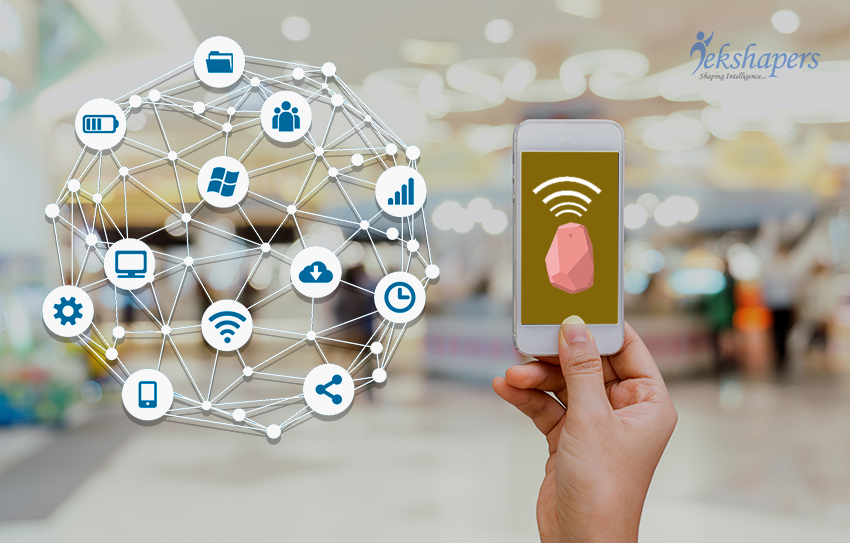
How Beacon Technology Impacts Business
27-Apr-2018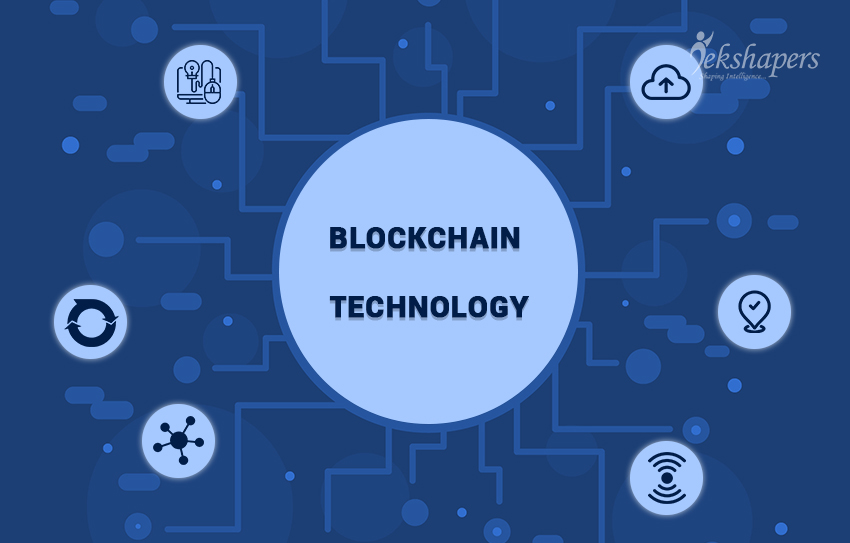
What will be the Future of Blockchain Technology
14-May-2018
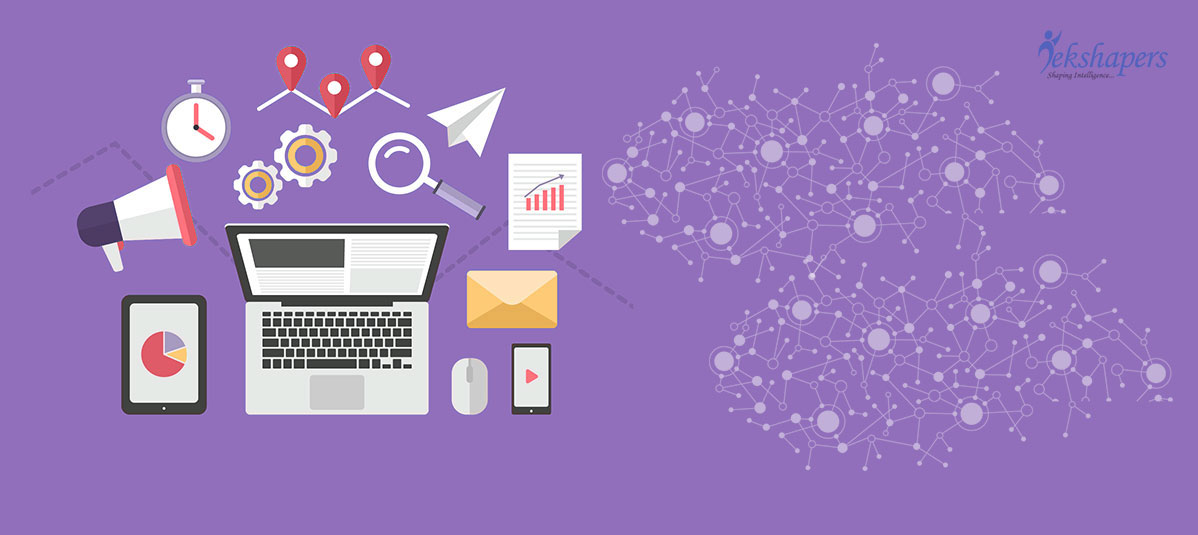
The Complete Guide on Enterprise Data Analytics
17-Aug-2018


